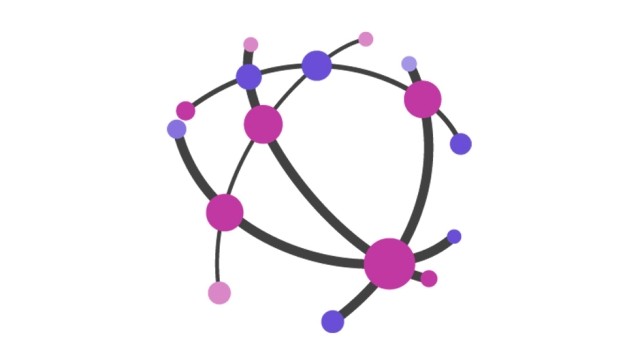The New Rails of Sustainable Trade & Finance

In the past decade, the abstract notion of ‘responsible business’ has evolved into new, pragmatic business models. Digital innovation and emerging technologies have been increasingly adopted, transforming complex global supply chains.
With next-level sustainable and ethical industry standards in place, alongside complex data capture facilities, financial services companies and institutions are able to identify financing and investment opportunities with a lower risk and more measurable sustainability profiles. Traditional modes of trade are being rebuilt on new standards of trust, transparency and responsible practices, alongside ethical sourcing. Technology underpins this great shift as the new rails for impactful and sustainable trade as well as finance become the engines fuelling new economic benefits.
The United Nations Sustainable Development Goals (SDG) act as a litmus test for attainable standards in sustainable business practices. Sustainable economic growth is both ‘the ends and the means to the Fourth Industrial Revolution – the promotion of sustainable and inclusive economic growth, responsible production and consumption, in the pursuit of productive employment, as well as decent work for all. It is an ambitious aim etching a blueprint to achieve a better and more sustainable future for all. Building resilient infrastructure, promotion of inclusivity and sustainable industrialisation in a manner that fosters innovation are some of the goals that seem to be loftier aspirations especially in the face of our global challenges.
However, if we examine the role of technology so far, we’ve already experienced its impact in generating new business models, such as e-commerce. Tech-enabled ecosystems have proven their value through collaborative marketplace trading, increased transparency, risk mitigation, all the while empowering consumers, developing confidence and industry growth. Digital innovation has enabled progressively more complex and efficient global supply chains, riding the rails of instantaneous reporting and data analytics.
Against this backdrop, technology also has demonstrated the vulnerability of such intricate systems and an ability to widen the gap between rich and poor. Rather than technology being an enabler of equitable trade, digital innovation can exclude slower, less efficient actors. For technology to further financial inclusion and fuel sustainable trade, it must be distributed, open, secure, scalable, while inclusive to all regions and industries – the threshold to entry must be low, while the standards for participation remain high.
Such standards require innovation in order to prevent further inflation of the burden of compliance. Efficient mechanisms are already connecting historically opaque supply chains with new sustainable, responsible, and impact investors – the use of blockchain and smart contracts has demonstrated how to enable trust in otherwise ‘untrusted’ markets. Forensic approaches to risk mitigation through data collection have brought meaning to otherwise unmined & unstructured data while automating many of the manual processes once required to audit an asset or supply chain. By having access to connected, inter-operable and meaningful analytics, companies can stay ahead of the evolving compliance landscape.
Guided by the availability of next-level, sustainable industry standards, financial services companies and institutions are able to better mitigate risk and enter attractive new asset classes. It is now apparent that a portfolio comprising sustainable, responsible or impact investments can provide better returns than the pure-profit steam engine that once rode these tracks. Faster, more dynamic, and smarter – this new train runs on authenticated data, standardised impact assessment, transparent and robust governance, as well as sustainable, shared value.
The drive for repurposing and recycling materials such as precious metals and minerals has been growing an alternative to the traditional linear economy of ‘make, use, dispose’. ‘Closing-the-loop’, in the circular economy requires complex systems that can be managed and regulated in an inclusive way for all.
Globally, there is a strive for a regenerative system in which resource input and waste, emission, and energy leakage are minimised by slowing, closing, and narrowing energy and material loops. This can be achieved through long-lasting design, maintenance, repair, reuse, remanufacturing, refurbishing. Inevitably, the recovery of material from the secondary market equates to a lost opportunity for a miner, somewhere. The good news is that the traceability for materials (albeit only half the battle) is maturing over many industries from diamonds to precious metals and beyond. Once a global and effective traceability system exists within supply chains, can there be a start to developing all sorts of new financing and ownership models that incentivise the better stewardship of materials (e.g. the leasing rather than the selling of virgin materials for products).
The lessons learned by efforts that concentrate solely on environment or social or governance, are that these dynamics are fundamentally interdependent. The solution to this problem remains on the horizon, and it will surely be digital innovation that connects the ‘boots-on-the-ground’ to global, standardised, and dynamic reporting systems.
A truly sustainable world will force some companies to re-think and change their business models radically.
Bring prosperity to the heart of communities. Expose exploitation. Contribute towards a more sustainable planet. SDG 8 and SDG 9 are ambitious goals indeed, but not impossible.

